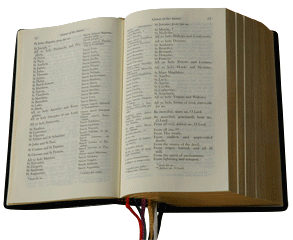Finding your California district can be a straightforward process with the right tools and guidance. Whether you’re looking to get involved in local politics, understand the representation for your area, or simply want to know which district you belong to for various administrative purposes, this guide will walk you through the steps and resources available to help you find your California district easily.
Understanding California Districts
Before diving into how to find your district, it’s helpful to understand the different types of districts in California. The state is divided into various districts for different purposes, including:
- Congressional Districts: These are areas represented by a member of the U.S. House of Representatives. California has 52 congressional districts due to its large population.
- State Senate Districts: California is divided into 40 senatorial districts, each represented by a state senator.
- State Assembly Districts: The state is further divided into 80 assembly districts, with each district represented by an assembly member.
- Local Districts: These can include city council districts, county supervisor districts, and special districts for water, school, and other services.
Easy Lookup Tools
Several easy-to-use tools can help you find your California district:
California State Legislature’s Website: The official California State Legislature’s website (leginfo.legislature.ca.gov) provides a “Find My Representative” tool. By entering your address, you can find your state assembly member and state senator.
House of Representatives Website: For finding your congressional district, the U.S. House of Representatives website (house.gov) offers a similar tool where you can enter your zip code to find your representative.
California Secretary of State’s Website: The California Secretary of State’s website (sos.ca.gov) is another valuable resource. It provides information on voter registration, polling places, and can help you find your district through its voter lookup tools.
Online Mapping Tools: Websites like BallotReady (ballotready.org) or TurboVote (turbovote.org) not only help you find your districts but also provide information on the candidates running in your area and the voting process.
Google Search: Sometimes, the quickest way to find your district is by typing “what district am I in California” or “California district lookup” along with your city or zip code into a search engine like Google. This often yields relevant results from official government websites or reputable voter information sites.
Additional Steps for Verification
After using these lookup tools, you may want to verify the information through multiple sources to ensure accuracy, especially as district boundaries can change following redistricting processes. Here’s how you can proceed:
- Contact Local Election Office: Reach out to your local election office for the most current information on district boundaries and representatives.
- Review Official Government Maps: Many government websites provide maps that outline district boundaries. These can be particularly helpful if you live in an area where district lines are complex or have recently changed.
- Check Voter Registration Information: Your voter registration card or the information available through your local election office’s website can also confirm your district assignments.
Conclusion
Finding your California district is a crucial step in understanding your representation and getting involved in local and state politics. By utilizing the tools and resources outlined above, you can easily identify your congressional, state senate, state assembly, and local districts. Remember, staying informed about your districts and representatives is key to exercising your right to vote and to making your voice heard in the community.



